
Volvo V70 Estate (2007-2016) engines, drive and performance
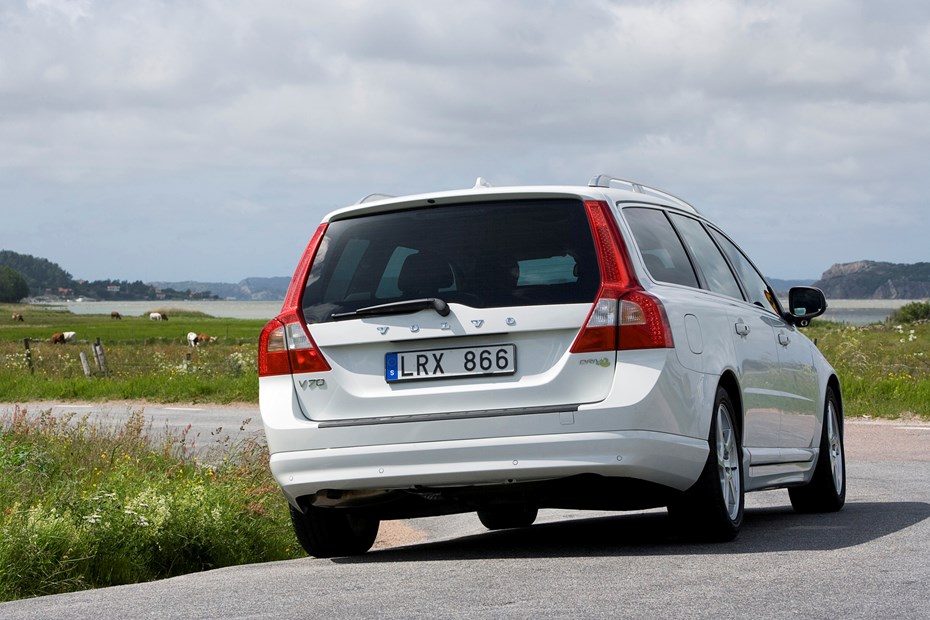
The V70 is offered with a choice of four diesel engines, ranging in power from 115bhp up to 215bhp. For those who want even more performance, Volvo offers an optional Polestar Performance upgrade on the D5 diesel engine, taking power from 215bhp to 230bhp. This package costs an extra £815.
This move to a diesel-only line up coincided with a raft of styling and equipment revisions which were implemented in 2013. Prior to this, Volvo also offered two petrol engines – a 2.0-litre turbocharged T5 with 237bhp and a 300bhp 3.0-litre T6 with four-wheel drive – alongside its diesel line-up. However, as the vast majority of buyers opt for diesel, the petrol units were quietly dropped from the range.
Impressive petrol engines
The T5 offers an impressive 200bhp from its turbocharged five-cylinder engine and, in manual gearbox form, can accelerate from 0-62mph in 7.7 seconds while offering claimed average fuel economy of 30mpg. In early 2009 this engine was improved with power increasing to 231bhp, yet emissions actually dropped and economy improved by 2mpg. The normally aspirated 3.2-litre came only as an automatic and develops 238bhp. It’s an extremely refined engine, however it was dropped from the line-up in 2009. The quickest engine is the T6 – a 3.0-litre turbocharged six-cylinder engine with an automatic transmission and all-wheel drive. It feels incredibly rapid, illustrated by its 0-62mph time of 7.2 seconds, but it is also very thirsty and claimed fuel economy is 25mpg, although you’ll be fortunate to even see this in everyday driving.
In early 2008 an entry-level 2.0-litre petrol model was introduced which delivers 145bhp but unfortunately lacks pulling power. As a result it feels sluggish and can struggle with a full load on board while fuel economy is a below average 33mpg. It’s best avoided and it was no surprise when it was discontinued in early 2009.
Popular diesels
Most owners opt for a diesel V70 and it’s easy to see why. The 2.4D produces 163bhp while the higher-performance D5 uses the same five-cylinder engine but develops an impressive 185bhp. It can accelerate from 0-62mph in 8.2 seconds but it’s the in-gear acceleration which impresses most, while fuel economy of 44mpg promises affordable running costs.
These were both upgraded in 2009 with significant reductions in CO2 emissions (down from 178g/km to 157g/km in the 2.4D) despite the fact that power actually increase slightly – the D5 getting an extra 20bhp. A 2.0D was introduced at the beginning of 2008 which is designed for economy. It’s not particularly quick with 136bhp on tap, but will happily cruise on the motorway and averages 48mpg. No surprise that it is one of the most popular choices.
In 2013 the range was rationalised to offer a choice of four diesels, badged D2, D3, D4 and D5 – the lower the number equates to a lower power output. All engines are equipped with start/stop technology to reduce emissions and boost fuel economy.
The D2 is a 1.6-litre turbocharged unit twinned with a six-speed Powershift automatic gearbox which is tuned to optimise fuel economy. It’s no ball of fire thanks to its 115bhp output, but buyers of this car are likely to be more concerned with saving money and its claimed 67.3mpg average fuel economy is impressive for such a big car.
The D3 and D4 models both share a 2.0-litre four-cylinder turbodiesel unit, offering 136bhp and 163bhp respectively. Available with a six-speed manual or six-speed Geartronic automatic gearbox, they offer more useable performance than the D2 thanks to offering more mid-range torque. However, they still return impressive for both engines with an automatic gearbox.
The range-topping D5 is a five-cylinder 2.4-litre unit offering smooth acceleration and mid-gear punch thanks to its 215bhp. Yet fuel economy remains impressive at 61.4mpg (46.3mpg for the auto).
Gearbox options
All manual versions of the V70, with the exception of the entry-level 2.0-litre petrol, use a six-ratio gearbox, while the Geartronic automatic (the only transmission available on the 3.2-litre and the T6) is also a six-speed. A Powershift six-speed automatic gearbox is only available with the D2 model. The V70 is good for caravanners or those towing trailers and 2.4D and D5 models can pull braked trailers up to 1,800kg while four-wheel drive models can tow 2,000kg. Towing weights for the current models range from 1,300kg to 2,000kg.
Previous V70 models have never been very rewarding to drive and while the 2007 model is much improved it won’t do much to tempt driving enthusiasts away from a BMW 5-Series Touring. However, it is surefooted and rides far more smoothly than previous versions. But the steering is over-light at speed and there is a degree of body roll when cornering hard.
One of the options is an electronically controlled damping system (called 4-C) offering a choice of three modes: comfort, sport and advanced. Comfort provides the most relaxing ride, although it is tough to tell the difference between ‘comfort’ and ‘sport’, the latter supposedly providing stiffer suspension and faster steering response. The ‘advanced’ setting feels significantly firmer, but it doesn’t transform the V70 into a car you would particularly enjoy driving on challenging roads.
The T6 model comes with all-wheel drive as standard which allows the car to remain in front-wheel drive unless it loses traction, when power is sent to the rear wheels. R Design models come with a bodykit, larger wheel and a lowered sports chassis and as a result are flatter in corners.



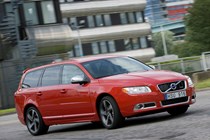
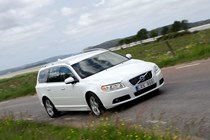




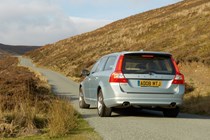


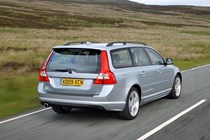
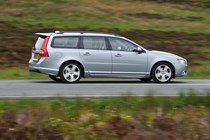
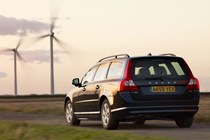
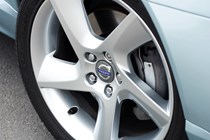
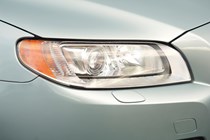
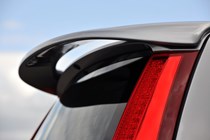
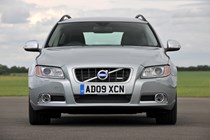
.jpg)
.jpg)
.jpg)
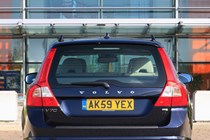

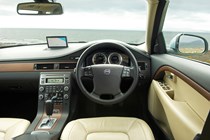
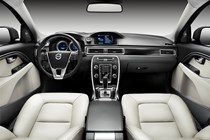
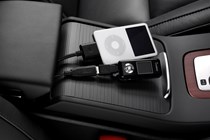
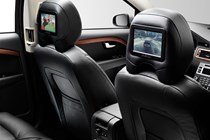
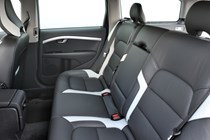
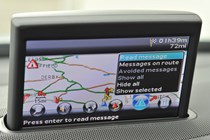
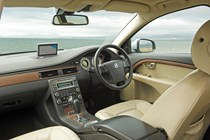
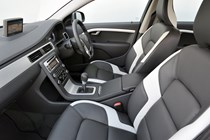
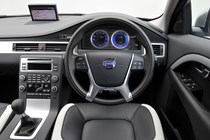
.jpg)
.jpg)
.jpg)
.jpg)
.jpg)
.jpg)
.jpg)
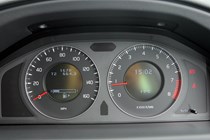
.jpg)
.jpg)
.jpg)
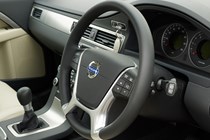
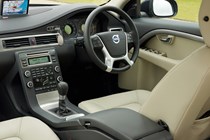
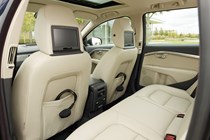
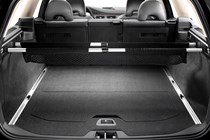
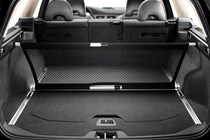
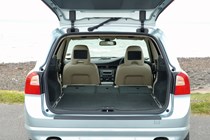
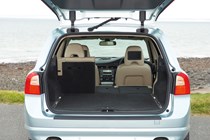
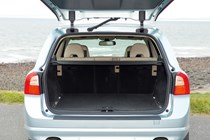
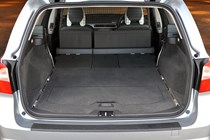
.jpg)
.jpg)
.jpg)
.jpg)
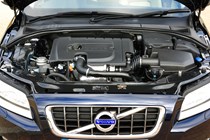
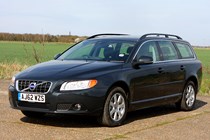
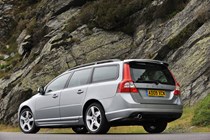
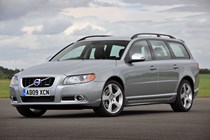
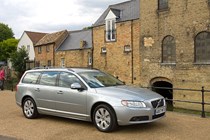

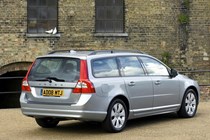
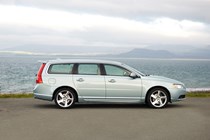
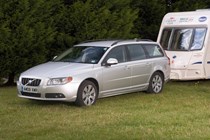
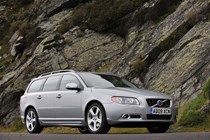

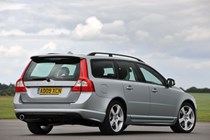
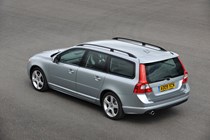
.jpg)
.jpg)
.jpg)

.jpg)
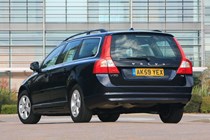

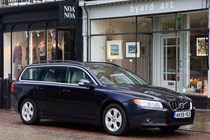
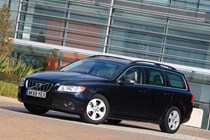













.jpg?quality=50)
.jpg?quality=50)
.jpg?quality=50)

.jpg?quality=50)






















.jpg?quality=50)
.jpg?quality=50)
.jpg?quality=50)











.jpg?quality=50)
.jpg?quality=50)
.jpg?quality=50)
.jpg?quality=50)
.jpg?quality=50)
.jpg?quality=50)
.jpg?quality=50)

.jpg?quality=50)
.jpg?quality=50)
.jpg?quality=50)









.jpg?quality=50)
.jpg?quality=50)
.jpg?quality=50)
.jpg?quality=50)
